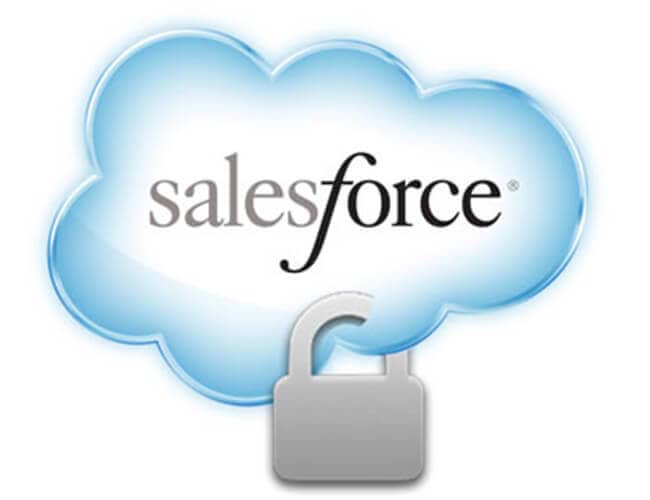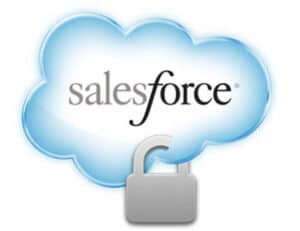
Top 4 Key Components of the Salesforce Security Model!
Salesforce is a leader in the rapidly changing field of cloud-based customer relationship management (CRM) systems, enabling businesses to improve customer engagement and expedite business procedures. The Salesforce Security Model is a cornerstone among its many features, guaranteeing sensitive data privacy, accuracy, and use.
In this blog post, we explore the details of the Salesforce Security Model, highlighting its four main constituents as the cornerstone of a stable and secure CRM system.
What is the Salesforce Security Model?
The Salesforce security model determines how your data is accessed in Salesforce. Restrictions on a user’s view and editable data depend on their role, profile, and sharing preferences.
In addition to preventing unwanted access to your Salesforce organization, the security model authenticates users.
The following is a list of the primary goals of the Salesforce security model:
- Thanks to the security model, users can only access data they are authorized to view.
- It keeps unwanted people from accessing your Salesforce company.
- Sensitive data is safeguarded, and the security model provides data privacy.
- It makes cooperation possible while preserving control over who can see what.
Top 4 Key Components of the Salesforce Security Model-
- User Authentication and Access Control
The first line of defense against unauthorized access in the Salesforce Security Model is user authentication and access control. Salesforce has a multi-layered authentication mechanism enables businesses to customize user access according to roles and profiles. Traditional username-password combos, multi-factor authentication, and even single sign-on connections for increased security are all included in user authentication.
- Roles and Profiles:
Roles and profiles define the baseline of access control within Salesforce. Roles establish hierarchies that mirror an organization’s structure, while profiles dictate what actions users can perform and what data they can view. Combining roles and profiles enables administrators to fine-tune access privileges, ensuring each user has the permissions required to fulfill their responsibilities.
- Permission Sets:
Going beyond roles and profiles, permission sets offer a granular approach to access control. These sets grant additional permissions to specific users or groups, allowing organizations to accommodate unique requirements without compromising the overall security posture. Permission sets are precious when dealing with cross-functional teams that may need nuanced access to different parts of the Salesforce platform.
2 Data Security:
Safeguarding sensitive information is paramount with the exponential growth of data-driven business processes. Salesforce’s Data Security, another important component of the Salesforce Security Model, encompasses mechanisms to control who can view, edit, or delete specific records and fields within the system.
- Object-level Security:
Object-level security defines which objects or data tables users can interact with. Administrators ensure only authorized individuals can access and manipulate certain data types by configuring object permissions. This level of control is fundamental in maintaining data integrity and preventing accidental or malicious alterations.
- Field-level Security:
Field-level security allows administrators to restrict access to individual fields within each data object. For example, a finance team member may need access to a customer’s billing information but not necessarily to sensitive data such as credit card details. Field-level security empowers organizations to tailor data visibility based on job responsibilities.
- Record-level Security:
Record-level security takes the concept further, allowing organizations to control access to individual records within an object. This is particularly useful when specific records contain highly confidential or sensitive information. By implementing record-level security, organizations ensure that only the right individuals can view or modify particular records.
3 Auditing and Monitoring:
In the dynamic business operations landscape, the Salesforce security model is crucial for comprehensive auditing and monitoring activities within the Salesforce platform. This not only aids in identifying potential security threats but also facilitates compliance with regulatory requirements.
- Event Monitoring:
Salesforce’s Event Monitoring provides a detailed log of user activities and system events. This includes login attempts, data exports, and modifications to sensitive information. Regularly reviewing these logs enables administrators to detect abnormal patterns or potential security breaches, enabling timely intervention.
- Field History Tracking:
For organizations that require a meticulous record of changes to specific fields, Field History Tracking is an invaluable tool. This feature allows administrators to track alterations to selected fields, providing a chronological history of modifications. It not only aids in troubleshooting but also serves as an additional layer of security by fostering accountability.
- Security Information and Event Management (SIEM) Integration:
To enhance the effectiveness of auditing and monitoring, Salesforce allows integration with SIEM solutions. This ensures that security events within Salesforce are seamlessly consolidated with broader security data, offering a holistic view of an organization’s security posture.
4 Network Security and Encryption:
As data traverses networks, ensuring its confidentiality and integrity becomes paramount. The salesforce security model addresses this through robust network security measures and encryption protocols.
- Secure Sockets Layer (SSL) Encryption:
To protect user data while it is being transmitted between users and servers, Salesforce uses SSL encryption. This cryptographic protocol strengthens the confidentiality of sensitive data by preventing information from being intercepted or altered while being transmitted.
- Virtual Private Networks (VPNs):
For organizations with heightened security requirements, Salesforce supports using VPNs to establish secure communication channels. VPNs create encrypted tunnels over public networks, ensuring that data exchanged between users and Salesforce remains confidential and secure.
- Encryption at Rest:
In addition to securing data in transit, Salesforce implements encryption at rest, safeguarding data stored within the platform. This means that even if unauthorized access occurs at the physical server level, the encrypted data remains indecipherable without the appropriate encryption keys.
Conclusion:
A thorough grasp of the Salesforce Security Model’s numerous components is necessary to navigate its large domain successfully. Organizations may create a strong and resilient security posture within the Salesforce ecosystem by giving user authentication and access control, data protection, auditing and monitoring, network security, and encryption top priority.
Keeping up with these essential elements helps organizations make the most of Salesforce while protecting their most valuable asset, data, as the CRM landscape changes. Accepting these security precautions increases user confidence and establishes Salesforce as a trustworthy partner in digital transformation.


